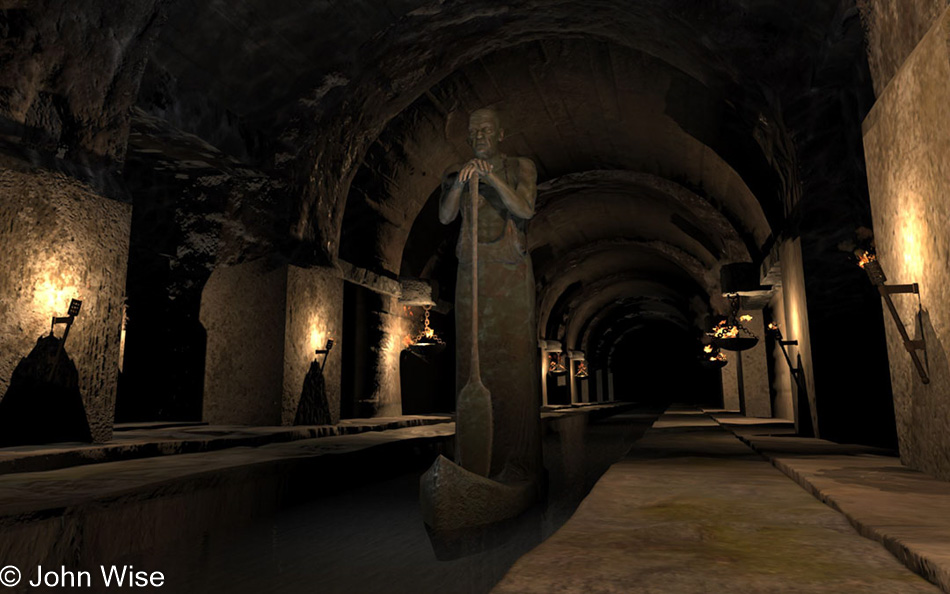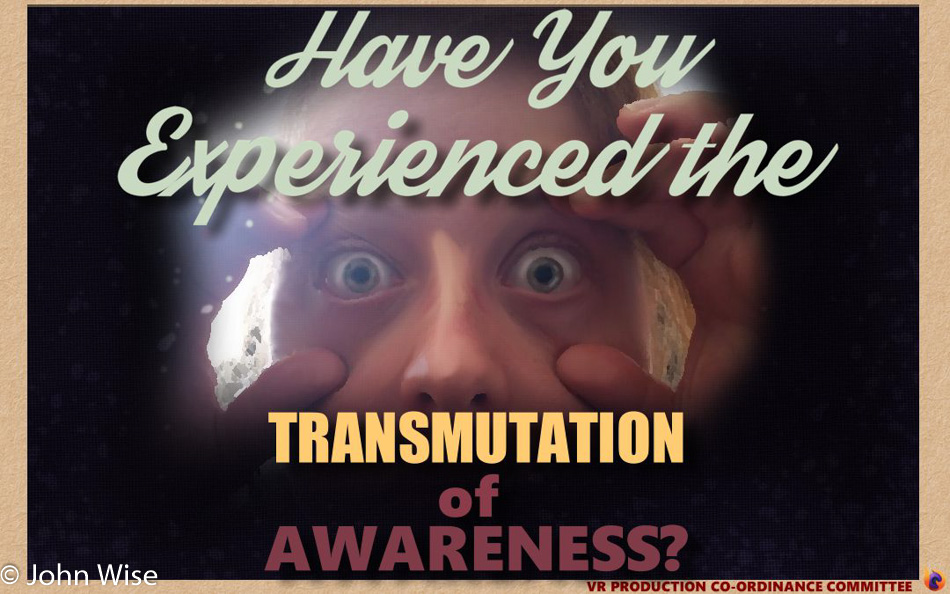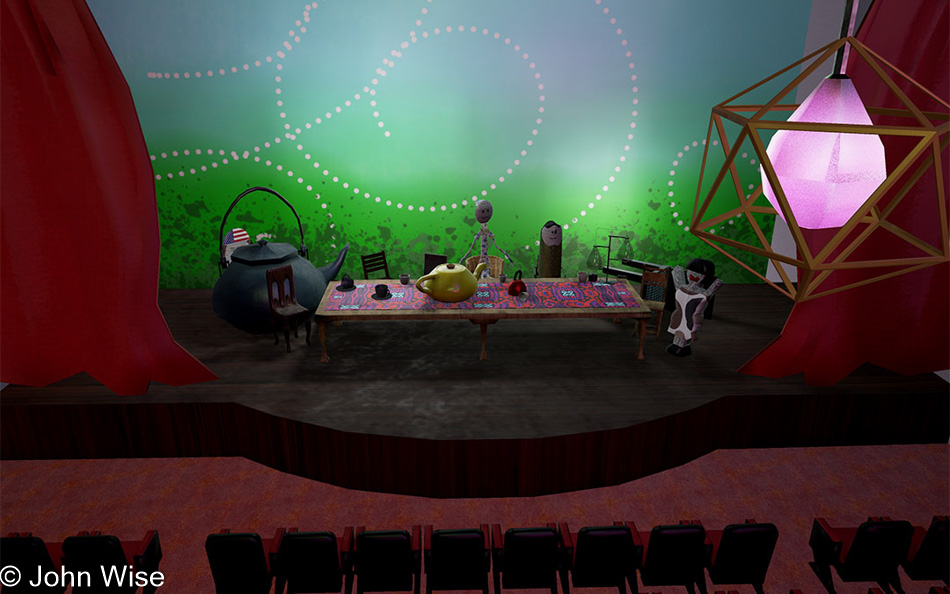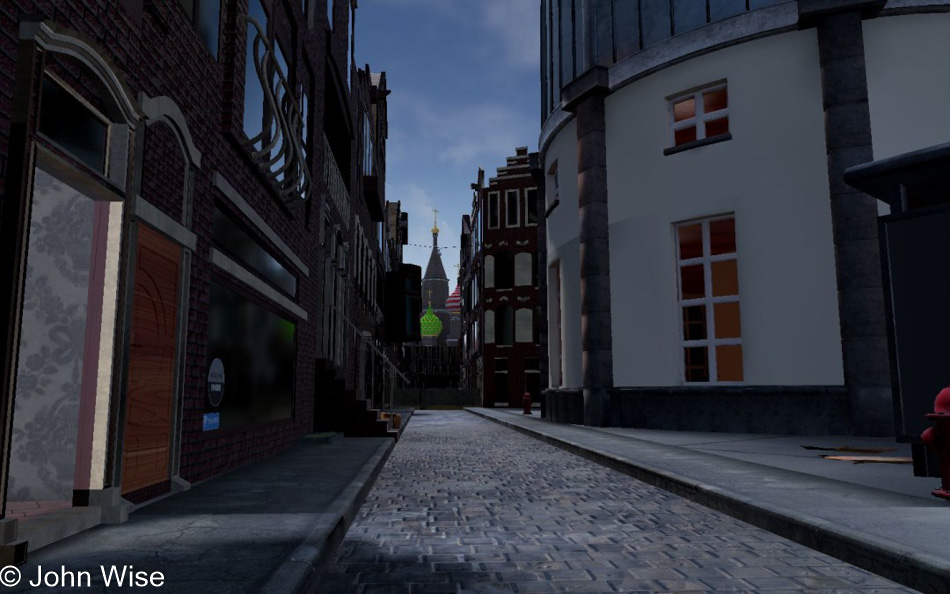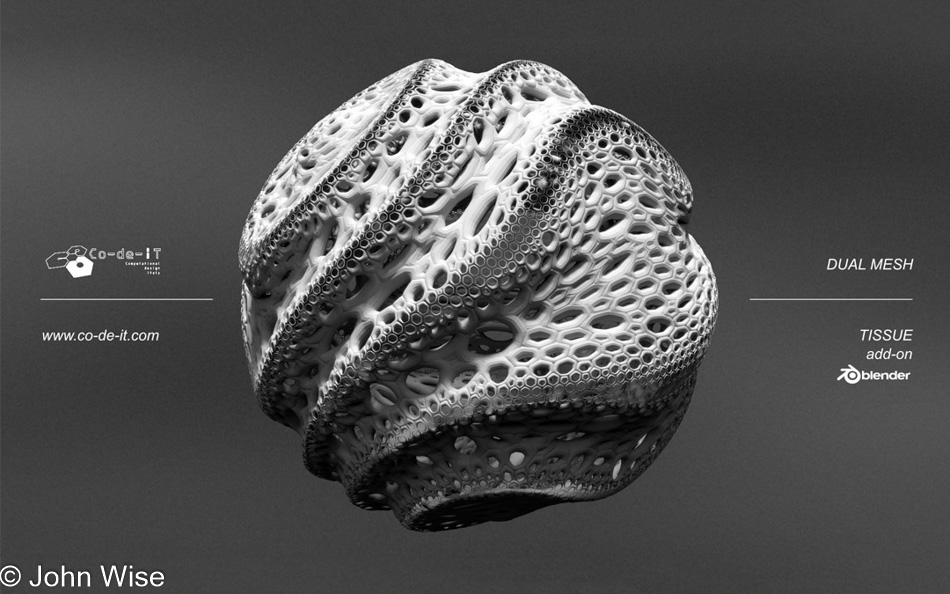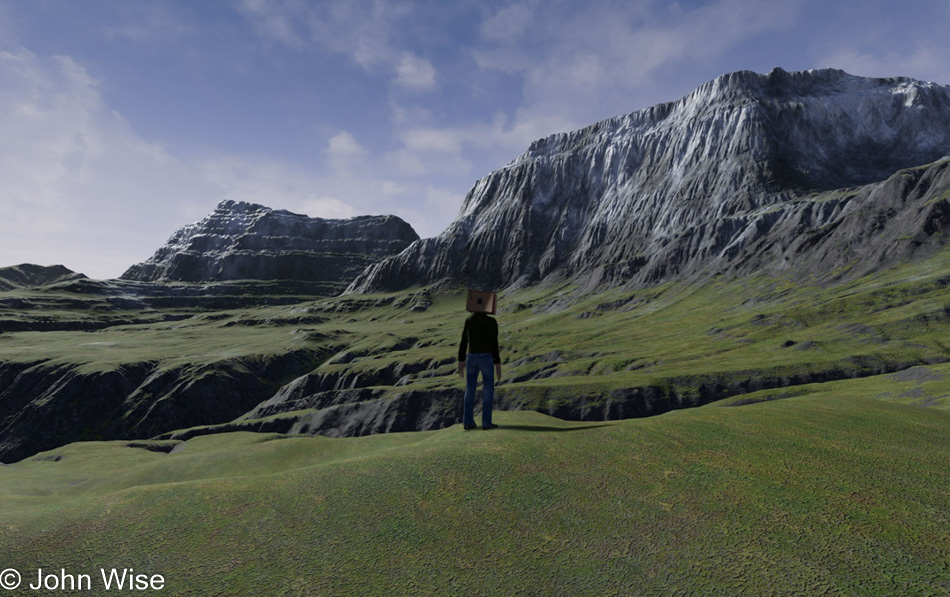
We’ve all heard of the child prodigy who goes off to M.I.T. or Yale to explore their genius and earn a degree before they’re able to drive a car. On the other hand, there are those living in small towns or are cautious about allowing their children to roam the big city alone. So what do we do when we think our child could truly excel if only they, too, had the opportunity, were in the right place, or we had the resources?
We bring the mountain to us.
In a time of over-crowded public education, underfunded teachers, programs in the arts being cut, and rapidly advancing technologies that are driving the jobs of tomorrow, parents must make a choice on how they will give advantage to their children.
Hypatia will be that choice. We are the big city. We are the campus of the future where students will, in effect, be attending prep school for their university experience. In the space of Virtual Reality, humanity is going to build the cities and campuses of the future. Virtual Reality will be a place where culture, history, science, and community come alive.
It is most often the exploration and roaming of the world around us that lead curious minds to the hallowed halls of higher education, where one starts to truly encounter the luxury of finding knowledge. While most anyone can now attend college, the question remains: what will one do with their degree? It still holds true that specialized knowledge is a requirement to participate effectively in the workforce, but it is also now true that a broad spectrum of skills and social networking is essential to success.
In another age, many of us found our networking skills and social abilities on the streets where we grew up among our neighbors and throughout our community. These days, kids are driven everywhere, their days are managed, and their isolation can often be suffocating. One very important skill we are failing to learn is how to relate to a community and build a dialogue with those in our immediate vicinity, and yet it is becoming ever more obvious that we need a global reach in our hi-tech world.
Again, it will be in Hypatia and places like it where the social fabric of the community will be restored. Our local towns, cities, and states often cut off our exposure to the kind of communication and thinking that is driving job creation, which propels humanity forward. Like it or not, society evolves, and either we go with the flow, or we find ourselves trampled underfoot by the march of progress.
